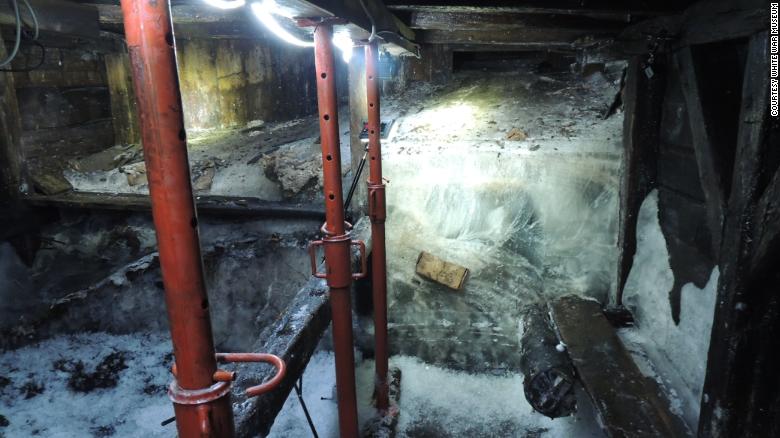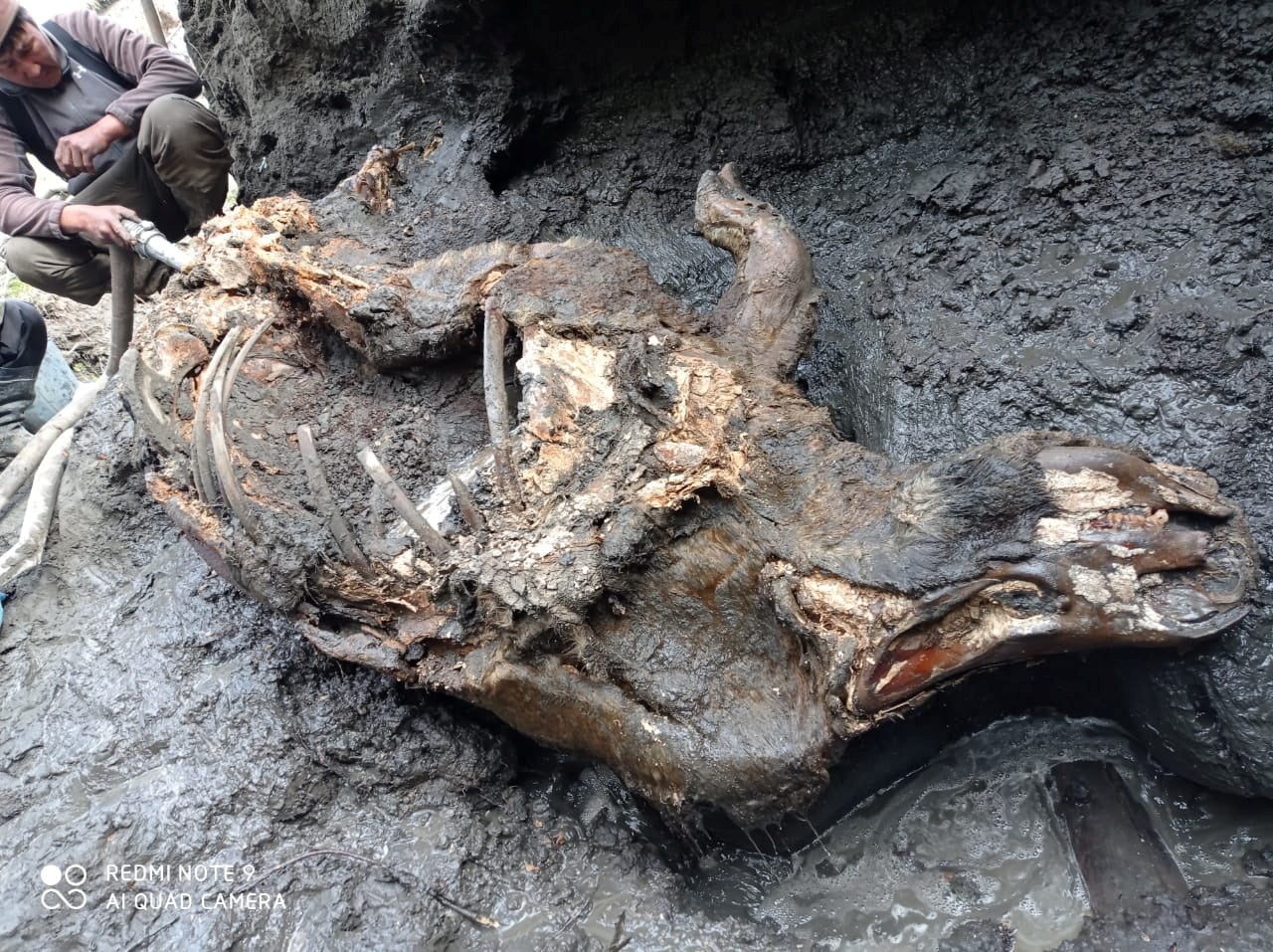Cold realisation: How climate change glacier melt is revealing artefacts and scientific discoveries
As the ice recedes from climate change, historical marvels and natural phenomena have come to light

Your support helps us to tell the story
From reproductive rights to climate change to Big Tech, The Independent is on the ground when the story is developing. Whether it's investigating the financials of Elon Musk's pro-Trump PAC or producing our latest documentary, 'The A Word', which shines a light on the American women fighting for reproductive rights, we know how important it is to parse out the facts from the messaging.
At such a critical moment in US history, we need reporters on the ground. Your donation allows us to keep sending journalists to speak to both sides of the story.
The Independent is trusted by Americans across the entire political spectrum. And unlike many other quality news outlets, we choose not to lock Americans out of our reporting and analysis with paywalls. We believe quality journalism should be available to everyone, paid for by those who can afford it.
Your support makes all the difference.The rapid melting of ice from glaciers and landmasses such as Greenland and Antarctica has terrifying implications for the future of the planet.
Just this week it was revealed that glaciers in the Himalayas are shrinking far more rapidly than glaciers in other parts of the world, threatening the water supply of millions of people in Asia.
This loss of ice globally is even causing the Earth’s crust to warp.
A side effect of this situation is the artefacts and scientific discoveries unveiled by the receding ice.
First World War cave shelter and trove of artefacts
A melted glacier in Northern Italy uncovered a trove of World War One treasures in May.
A cave shelter in Mount Scorluzzo housed 20 Austrian soldiers in the war, and has now revealed food, dishes, jackets, and other items.
The cave was first entered by researchers in 2017, when the surrounding glacier had melted, historian Stefano Morosini told CNN.
A total of 300 objects were found as a result of the melt, with straw mattresses, coins, helmets, ammunition, bottles, tins, and even newspapers.
Viruses over 15,000 years old found in Tibet
In August we reported on the discovery of 28 new viruses believed to be 15,000-years-old surviving inside glaciers.
The viruses, which are unlike those known to science, were found in ice samples drilled from the Guliya ice cap in the Tibetan Plateau, in western China.
The scientists identified 33 viral genomes in total, and at least 28 of them are novel, they said. Four of the known viruses have been found to infect bacteria.
The novel viruses are not believed to be harmful to humans, according to the scientists who hope that the viruses can help them understand more about virus evolution and climate change.
The Tibetan plateau, sometimes known as the world’s “third pole”, has lost nearly a quarter of its ice since 1970, due to the climate crisis, according to the IPCC.
Mammoths and rhinoceros bones in Russia

Melting ice within permafrost in the Russian arctic revealed ancient life that has been buried there for thousands of years.
An investigation by Sky News into the environmental damage caused by the thawing of this region’s vast carbon stores found parts of mammoth tusk as well as fragments of woolly rhinoceros bone.
The animals once roamed the Arctic grasslands before becoming extinct: rhinos around 14,000 to 15,000 years ago and mammoths about 10,500 years ago, at the end of the last ice age.
The bone and tusk fragments were found in Duvanny Yar, near Chersky in the Siberian Arctic – home to international research stations where scientists congregate to study the impact of the retreating ice.
Radioactive waste in Arctic
The rapid thaw of Arctic permafrost could release radioactive waste from Cold War nuclear submarines, antibiotic-resistant bacteria, and new viruses, a report has found.
Between 1955 and 1990, the Soviet Union conducted 130 nuclear weapons tests on the Novaya Zemlya archipelago off the coast of northwest Russia. The tests released around 265 megatons of nuclear energy and more than 100 decommissioned nuclear submarines were scuttled in the nearby Kara and Barents seas.
The United States’ Camp Century nuclear-powered under-ice research facility in Greenland also produced “considerable nuclear and diesel waste”.
Meanwhile, deep permafrost of more than three metres is one of the few environments on Earth that has not been exposed to modern antibiotics.
More than 100 diverse microorganisms in Siberian deep permafrost have been found to be antibiotic-resistant, and as permafrost thaws, there is potential for these bacteria to mix with meltwater and create new antibiotic-resistant strains of existing bacteria.
This article was amended on 4 January 2022. It previously stated incorrectly that frozen bacteria could mix with meltwater and ‘create new antibiotic-resistant strains of existing viruses’, but it should have said of ‘new antibiotic-resistant strains of existing bacteria’.
Join our commenting forum
Join thought-provoking conversations, follow other Independent readers and see their replies
Comments